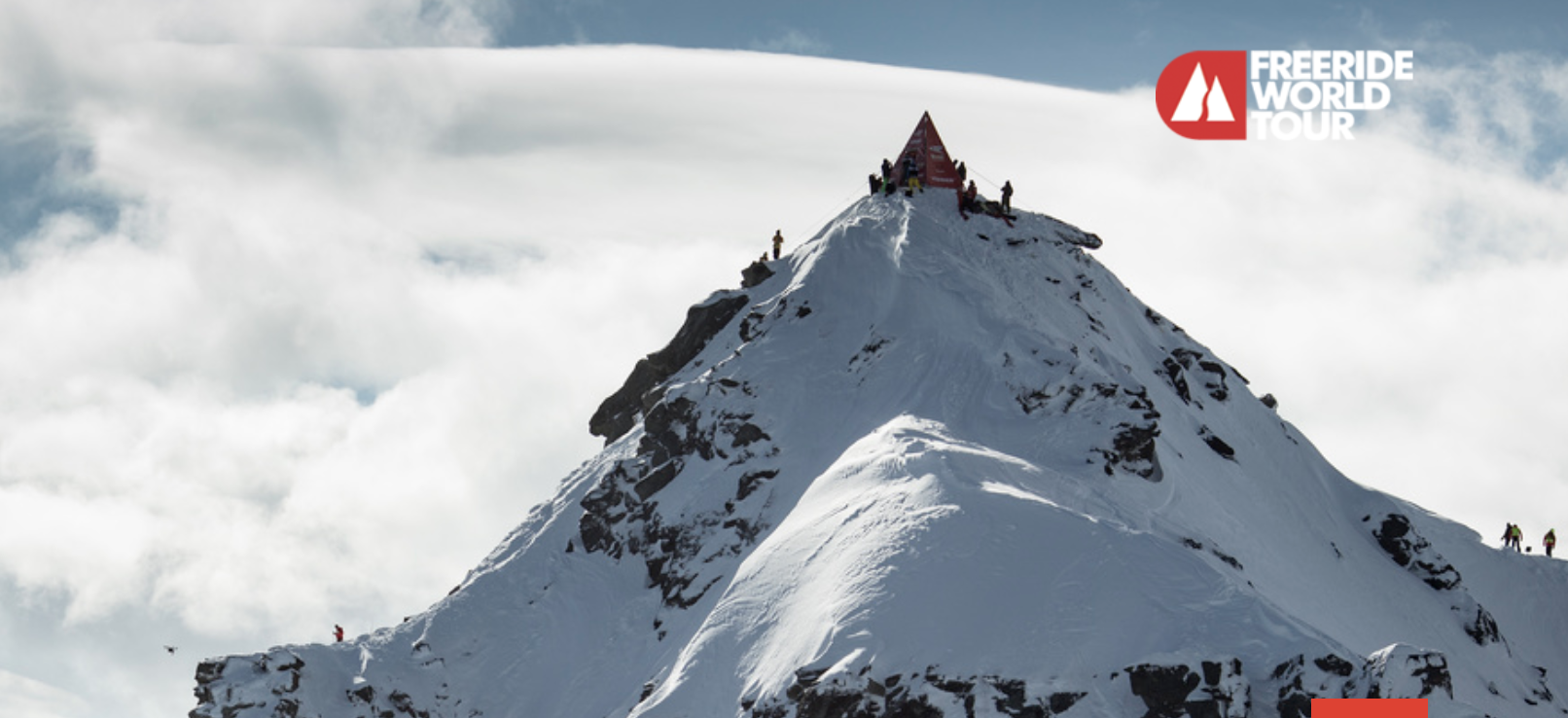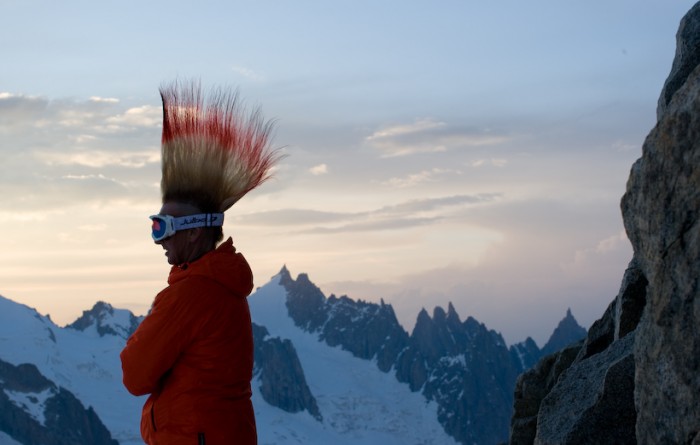
In this week’s edition of Origins, we will look deep into how the largest big mountain competition tour formed! If you missed last week’s edition on Ski Racing, you can find it here:
- Related: Origins: Ski Racing
The Freeride World Tour (FWT) recently released their schedule and format for the 2021 competition season. Exciting news for all who were anxious that a season might not happen during a global pandemic. A lot has happened to get FWT to this point in their journey so let’s take a look!
We have to dive much deeper down into history than you would think to find the origins of the freeride world tour. That means starting with the evolution of freeskiing and freeriding. As early as the 1930s and 1940s skiers like Emile Allais, an Olympic gold medalist and former Canada and U.S. Olympic ski coach, were starting to decent couloirs and gullies around Chamonix. These pioneers stretched both the imagination of what terrain could be skied, but also the gear they were using.
From the 1950s to the 1970s downhill skiers began to push the limits of big mountain terrain. It was in these years that freeride began to see a global following. The hard-charging style was lead by the likes of Sylvian Saudan, Patrick Vallencant, Bruno Gouvy, and Jean Marc Boivin. Big mountain skiing back then meant if you fell, you died. These men put themselves in danger nearly every run they descended.
Sylvian Saudan was known as the skier of the impossible. It was in 1967 when rumors began to circulate around the town of Chamonix of a man who had skied the 55-degree Couloir Spencer on the Aiguille de Blaitière. Local guides at first did not believe the story as they believed that skiing the slope without falling to death was impossible. It was not until the next day that an aerial photograph captured the tracks down the couloir, confirming the story. The skier responsible, Sylvian Saudan, was given the nickname Le Skieur de l’Impossible, or in English: “Skier of the Impossible.” Many people see Sylvian Saudan as the true grandfather of big mountain skiing.

Big mountain skiing has its original roots in the Alps, but the Americans also had something to prove early on. In the 1960s through the 1980s, a generation of freestyle skiers emerged in the United States testing the steep slopes of the Sierra Nevada’s, Rockies, and Wasatch mountain ranges. Led by iconic figures such as Glen Plake and Scot Schmidt, the American’s began to add style to their big mountain skiing. It was this generation and their films that set the stage for the first competitions.

In 1991, the first big mountain competition held was the World Extreme Ski Championships (WESC) in the mountains surrounding Valdez, Alaska. The winners of the inaugural event were Doug Combs (men’s title) and Kim Reichhelm (women’s title). The snowboarders were not far behind the skiers. In 1992, the counterpart event to WESC for snowboarders, World Extreme Snowboarding Championships, was held in the same region. Below is a video of the WESC. The old school outfits and style make this a great watch!
These events captured the eyes of Europeans early on. In 1996, the Verbier Extreme was created as a snowboard only competition, but that changed quickly. Nicholas-Hale-Woods, a British/Swiss man, joined the world of snowboarding and skiing together. In 2004, the Verbier competition first invited skiers to compete and the world of big mountain changed forever.
It was the Verbier Extreme that planted the seed for the modern Freeride World Tour. The first official year of the tour took place in 2008. The first season had 4 events that were held at Sochi, Mammoth, Tignes, and Verbier. Throughout the year’s competition venues were added and dropped. Today’s tour includes 5 events in a multitude of countries including Japan, Austria, Canada, Andorra, and Switerzland.
The Freeride World Tour has a long and treasured backstory. Next week we will take a look at the origins of avalanche mitigation!
The Wasatch mountains are in AK now?